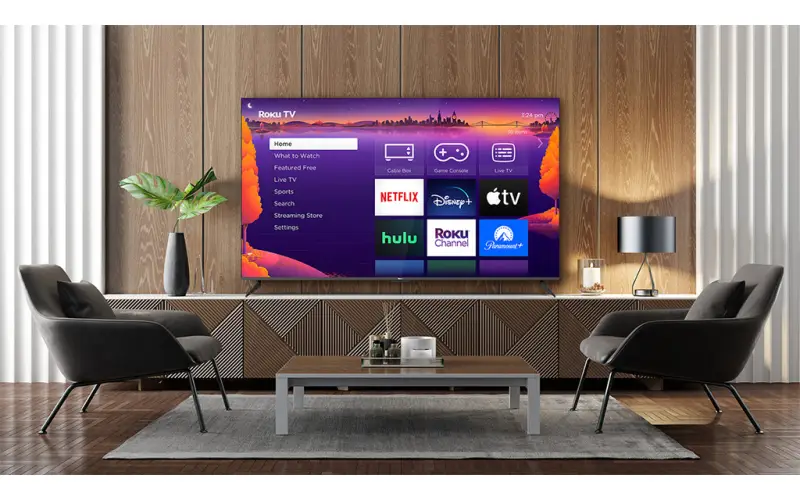By: CE Critic - Buy Better Tech
Table of Contents
- Introduction
- Roku's HDMI Ad Insertion Technology
- Key Components
- Potential Implementation
- Comparison to Other Platforms
- Amazon Fire TV
- **Google Chromecast **
- Apple TV
- Smart TV Manufacturers (Samsung, LG, Hisense, Sony)
- User Privacy Concerns
- Technical Considerations
- Conclusion
Introduction
Roku (NASDAQ: ROKU) has been a significant player in the streaming device and smart TV market. The company's increasing emphasis on advertising revenue aligns with trends across the streaming industry. Roku has filed a patent outlining a potential new technology to display targeted ads over any content delivered via HDMI to its TVs. This development raises the potential scope of ad presentations, while introducing questions about implementation obstacles and user privacy.
Roku's HDMI Ad Insertion Technology
-
Key Components
- Pause Detection: The system would utilize multiple techniques to identify when HDMI source content is paused, including analysis of static video frames, absence of audio, on-screen pause indicators, and HDMI-CEC signals.
- Image Analysis: Roku's tech would analyze paused content to identify objects within the video frame for targeted advertising.
- Ad Retrieval: Metadata relating to identified objects would be transmitted to a network to retrieve relevant advertisements.
- Ad Overlay: The system could combine the original source video feed with retrieved advertisement graphics, potentially incorporating animation or static imagery.

-
Potential Implementation
- Hardware: It is uncertain if this technology could be enabled purely through software updates. New Roku TV sets may require more powerful image processing hardware to implement this feature.
- User Experience: The success (and consumer backlash) hinges on seamless ad insertion without disrupting the viewing experience.
Comparison to Other Platforms
-
Amazon Fire TV: Amazon has introduced features such as autoplaying video trailers during periods of inactivity, along with image-based ads on their Fire TV homescreens. This indicates a progressive approach to increasing ad exposure.
-
Google Chromecast: Chromecast users have encountered full-screen advertisements, exceeding standard content recommendations. Google's potential for HDMI ad insertion, particularly given its technological capabilities, cannot be discounted.
-
Apple TV: Apple TV offers a notable distinction by prioritizing a user experience largely devoid of homescreen ads. This presents a premium alternative for ad-avoidant consumers.
-
Smart TV Manufacturers: Major brands like Samsung, LG, Hisense, and Sony often incorporate their own smart platforms and ad delivery systems. While their technical approaches may vary, the trend towards greater ad integration is broadly consistent.
User Privacy Concerns
Intrusive ad systems and the collection of user data are major concerns. Roku's patent points at the use of Automatic Content Recognition (ACR), highlighting the potential for extensive monitoring of viewing habits. The balance between targeted advertising and user privacy is a delicate one.
Technical Considerations
- Processing Power: The analysis of HDMI video feeds in real-time likely demands significant onboard processing capabilities.
- Compatibility: Ensuring seamless ad insertion across the wide variety of HDMI sources (game consoles, set-top boxes, etc.) is a complex engineering challenge.
Conclusion
Roku's patent signals its ambition to expand advertising across the viewing experience. Whether this technology reaches consumers remains in question due to technical hurdles and potential user backlash. The industry-wide move towards ad-heavy viewing experiences raises questions about consumer preferences and the limits of intrusive marketing.





